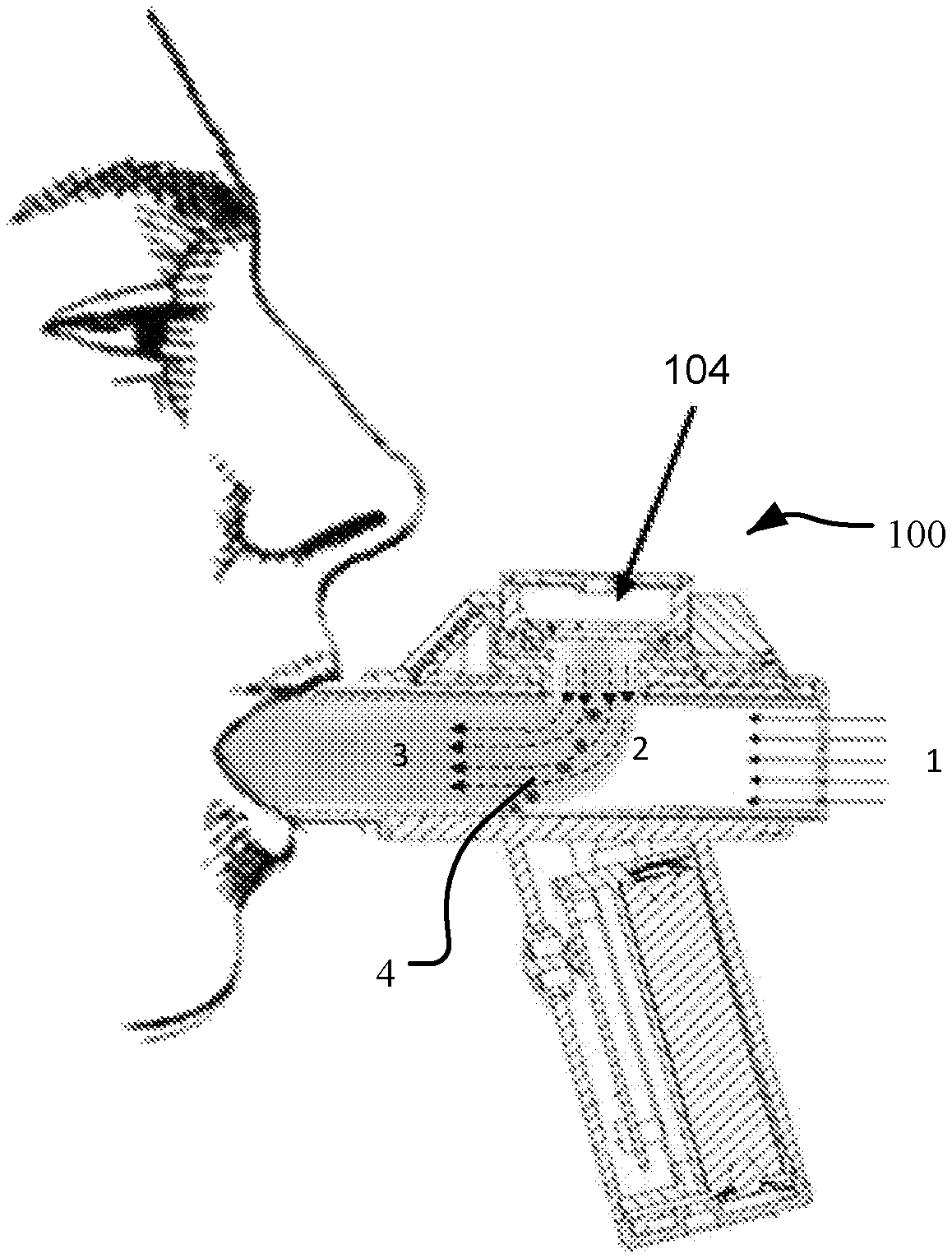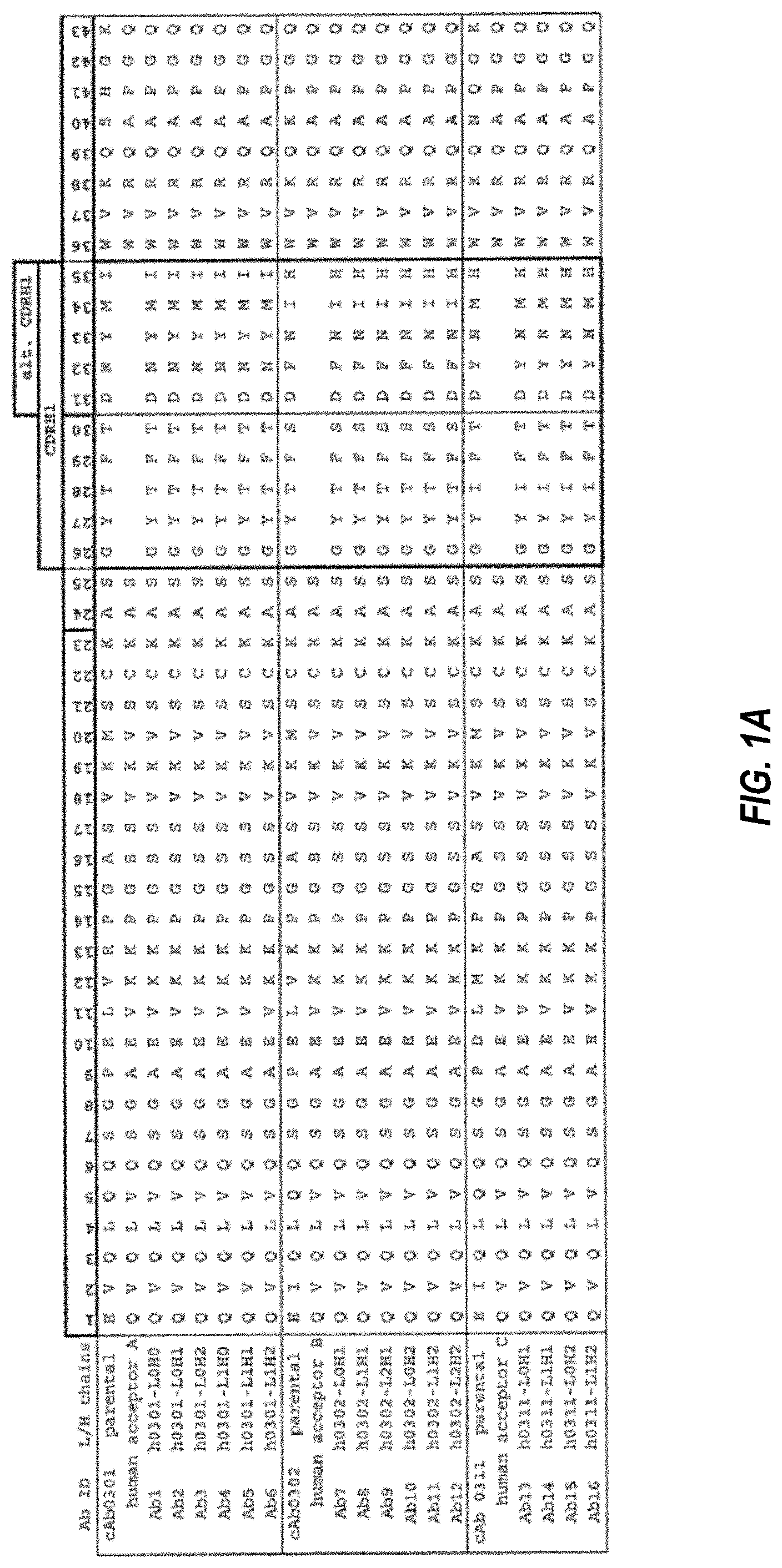Invented by Louis Thomas Germinario, John H. Hebrank, Charles Eric Hunter, Thomas P. Stern, Jack C. Hunter, Pneuma Respiratory Inc
Respiratory diseases such as asthma, chronic obstructive pulmonary disease (COPD), and cystic fibrosis affect millions of people worldwide. These conditions require regular and effective treatment to manage symptoms and improve patients’ quality of life. As a result, there is a growing need for innovative devices that can deliver medication directly to the lungs, ensuring targeted and efficient therapy.
One of the key factors driving the market growth is the continuous advancements in technology. Manufacturers are constantly developing new and improved devices that offer enhanced features and functionalities. These devices are designed to provide accurate and precise delivery of droplets, ensuring optimal drug absorption and minimizing wastage. Additionally, the integration of smart technologies and connectivity features allows for remote monitoring and personalized treatment plans, further improving patient outcomes.
Another significant driver of market growth is the increasing demand for convenient and user-friendly therapeutic solutions. Patients are seeking devices that are easy to use, portable, and can be integrated into their daily routines seamlessly. The market is witnessing the development of compact and lightweight devices that can be carried in pockets or purses, enabling patients to administer their medication anytime, anywhere. This convenience factor is particularly crucial for individuals with chronic respiratory conditions who require regular and frequent treatments.
Furthermore, the COVID-19 pandemic has further accelerated the demand for respiratory devices. The virus primarily affects the respiratory system, leading to severe breathing difficulties in some cases. As a result, there has been a surge in the adoption of devices that assist in breathing during therapeutic treatments, such as nebulizers and inhalers. These devices help in delivering medication directly to the lungs, relieving symptoms, and aiding in the recovery process.
The market for Systems and Methods comprising a device for delivering droplets and a device to assist in breathing during therapeutic treatments is highly competitive, with several key players vying for market share. These companies are investing heavily in research and development activities to introduce innovative products and gain a competitive edge. Additionally, strategic collaborations and partnerships with healthcare providers and regulatory bodies are being pursued to ensure compliance and market penetration.
In conclusion, the market for Systems and Methods comprising a device for delivering droplets and a device to assist in breathing during therapeutic treatments is witnessing significant growth due to the increasing prevalence of respiratory diseases, technological advancements, and the demand for convenient therapeutic solutions. As the healthcare industry continues to prioritize respiratory care, the market is expected to expand further, offering improved treatment options and better outcomes for patients.
The Pneuma Respiratory Inc invention works as follows
A droplet delivery system and methods are disclosed for the purpose of delivering repeatable and precise dosages to an individual for pulmonary application. The droplet device comprises a housing, reservoir, ejector, and at lease one differential pressure sensor. When the differential pressure sensors detect a pressure change in the housing, the droplet delivery device will automatically be actuated. The droplet device is then activated to produce a stream with an average droplet size within the range of respirable droplets, e.g. less than 5 mm, to target the pulmonary systems of the user.
Background for Systems and Methods comprising a device for delivering droplets and a device to assist in breathing during therapeutic treatment
The use of aerosol-generating devices to treat a wide range of respiratory diseases has attracted a lot of interest. Inhalation allows for the delivery aerosolized medications to treat asthma and COPD, as well as site-specific conditions. This has fewer systemic side effects. The challenge is to develop a device which delivers a consistent and accurate dose with a droplet-size that is appropriate for the successful delivery of medicine into the targeted lung passageways.
It is very important to verify the dose, deliver and inhale at the prescribed time. Inhaler use by patients is another major issue. It is important to ensure that patients use their inhalers correctly and administer the correct dose at the prescribed time. Patients can cause problems by misusing or administering their medication incorrectly. Patients may stop taking medication if they do not feel any benefit or if they don’t see the expected benefits. They can also overdose the medication, increasing the risk of overdosing. The problem for physicians is how to diagnose and interpret the prescribed treatment if the therapeutic result cannot be achieved.
Currently, most inhaler devices such as pressurized dose inhalers and metered dose systems (MDI), or pneumatic or ultrasonic-driven inhalers generally produce large droplets with high momentum and high kinetic energy. Aerosols and droplets with high momentum are not able to reach the lower pulmonary or distal lungs, but instead deposit in the mouth and throat. In order to achieve the desired drug deposition, higher total doses of the drug are needed. These large doses can increase the likelihood of unwanted side effects.
The high ejection speeds and rapid expansion of the propellant that carries the drug can cause localized cooling, and subsequently, the deposition, crystallization and condensation of the drug on the ejector surface. The blocking of ejectors by drug residues is another problem.
This phenomenon of surface condensation also poses a challenge to the existing vibrating plate or mesh nebulizers on the market. To prevent the buildup of drugs on mesh aperture surfaces in these systems, manufacturers recommend repeated cleaning and disinfection, along with repeated washing, after each use, to avoid possible microbiological contamination. The delivery of viscous suspensions and drugs can also clog pores or apertures, resulting in ineffective or inaccurate drug delivery or rendering the device unusable. The use of cleaning fluids, detergents or any other type of liquid that is used to sterilize or clean the nebulizer can damage its ejector or other parts. This may lead to an inability to deliver the correct dose or performance of the device.
The inhaler should deliver particles that are within a certain size range. It should also avoid surface fluid deposition, blockage of apertures and provide a dose which is easily verifiable. Finally, it must give feedback to the patient, as well as professionals such a physician, pharmacist, or therapist, regarding how they can use their inhaler correctly and consistently.
The present disclosures are concerned with a drug-delivery system that delivers a therapeutic agent as a stream of droplets to the lungs of a patient to treat a disorder or disease. The drug delivery system can include a piezoelectrically actuated droplet device and a respiratory assist device. The droplet device may include: a housing, a reservoir within or in fluid contact with the housing that receives a volume fluid containing the therapeutic agent, an ejector in fluid connection with the reservoir comprising an aperture plate with a plurality openings formed in its thickness, and at least a differential pressure sensing sensor within the house configured to activate an ejector upon sensing an increase in pressure within the house to generate an ejected droplet stream. The droplet delivery system may include an ejector that is configured to produce an ejected flow of droplets with an average droplet diameter less than 5 microns. This allows at least 70% of those droplets to be delivered to the subject’s lungs in a respirable amount during use.
In other aspects, a breathing assistance device can be a mechanical ventilator (or CPAP machine) or a continuous-positive airway pressure (CPAP).
In other aspects, a droplet delivery device can be placed in line with the airflow tube on the breathing assistance device to deliver the ejected droplets along with the airflow of the device.
In other aspects, the droplet delivery device with piezoelectric activation has an aperture plate that is shaped like a dome. The piezoelectric droplet delivery system may also include a laminar-flow element that is located on the airflow entry side of the housing. This laminar flow component can be configured to allow laminar airflow along the aperture plate’s exit side and provide enough airflow so that the stream of ejected droplets passes through the device when in use.
In some aspects, it may be possible to orient the ejector in relation to the housing so that the stream of droplets ejected is directed through and into the housing with a 90-degree change of trajectory before being expelled from the housing.
In other aspects, the droplet-delivery device reservoir may be removable from the housing. In some aspects, the reservoir can be coupled to an ejector to form a module that combines the reservoir and ejector. The module is then removably attached to the housing.
In other aspects, the piezoelectrically actuated droplet device may also include one or more sensors, such as an infra red transmitter, a camera, a pressure sensor and combinations thereof.
In addition aspects, the breathing assistance device of the drug delivery system can be a mechanical ventilation, the therapeutic agent may be an antibiotic and the disease or disorder is ventilator assisted pneumonia (VAP). The piezoelectrically actuated droplet device can be activated in such cases during the inspiration cycle. The breathing assistance device can also be a CPAP.
In other aspects, a drug delivery system can further include a cardiac monitor module configured to detect and monitor cardiac events. The cardiac monitoring unit is in communication with the controller. In these aspects, the cardiac medication may be the therapeutic agent, and the condition, disease or disorder may be cardiac. The piezoelectrically actuated droplet device can also be activated when the cardiac monitoring module detects an event in the subject’s inspiration cycle.
In a second aspect, this disclosure is about a method of treating a disorder, disease or condition using the drug delivery system disclosed. In some cases, the breathing assistance device can be a mechanical ventilation system or a machine that provides continuous positive airway (CPAP). In other aspects, a disease condition or disorder can be selected between VAP and cardiac event.
The disclosure also relates to a device that delivers a fluid to a subject’s lungs via an ejected droplet stream. The droplet device may include a housing, a reservoir within or in fluid contact with the housing, for receiving a fluid volume; an ejector in fluid connection with the reservoir; and at least one pressure differential sensor within the housing.
In certain aspects, a surface-tension plate is positioned between the aperture and reservoir. The surface tension plate increases the contact between fluid volume and the aperture. In some aspects, the ejector and surface tension plates are oriented in parallel. The surface tension is placed within 2mm of the aperture so that there will be sufficient hydrostatic pressure to allow capillary flow to occur between the surface and aperture plates.
In other aspects, the aperture of the droplet-delivery device has a domed form. The aperture plate can be made of any of the following materials: polyetheretherketone (PEEK), Polyimide (PPEK), Polyetherimide (PEEI), PVDF (polyvinylidinefluoride), Ultra-High Molecular Weight Polyethylene (UHMWPE), Pd (PdCo), Pt (Pt), NiPd (NiCo), metal alloys and combinations thereof. Other aspects include one or more openings having a different cross-sectional shape or diameter to provide ejected drops with different average droplet diameters.
In some aspects, a droplet-delivery device may include a laminar-flow element that is located on the airflow entry side of the housing. This laminar flow component facilitates laminar airflow along the aperture plate’s exit side and provides sufficient airflow so that the stream of ejected droplets passes through the device when it is in use. Other aspects of the droplet device include a mouthpiece attached to the housing opposite the flow element.
Click here to view the patent on Google Patents.








